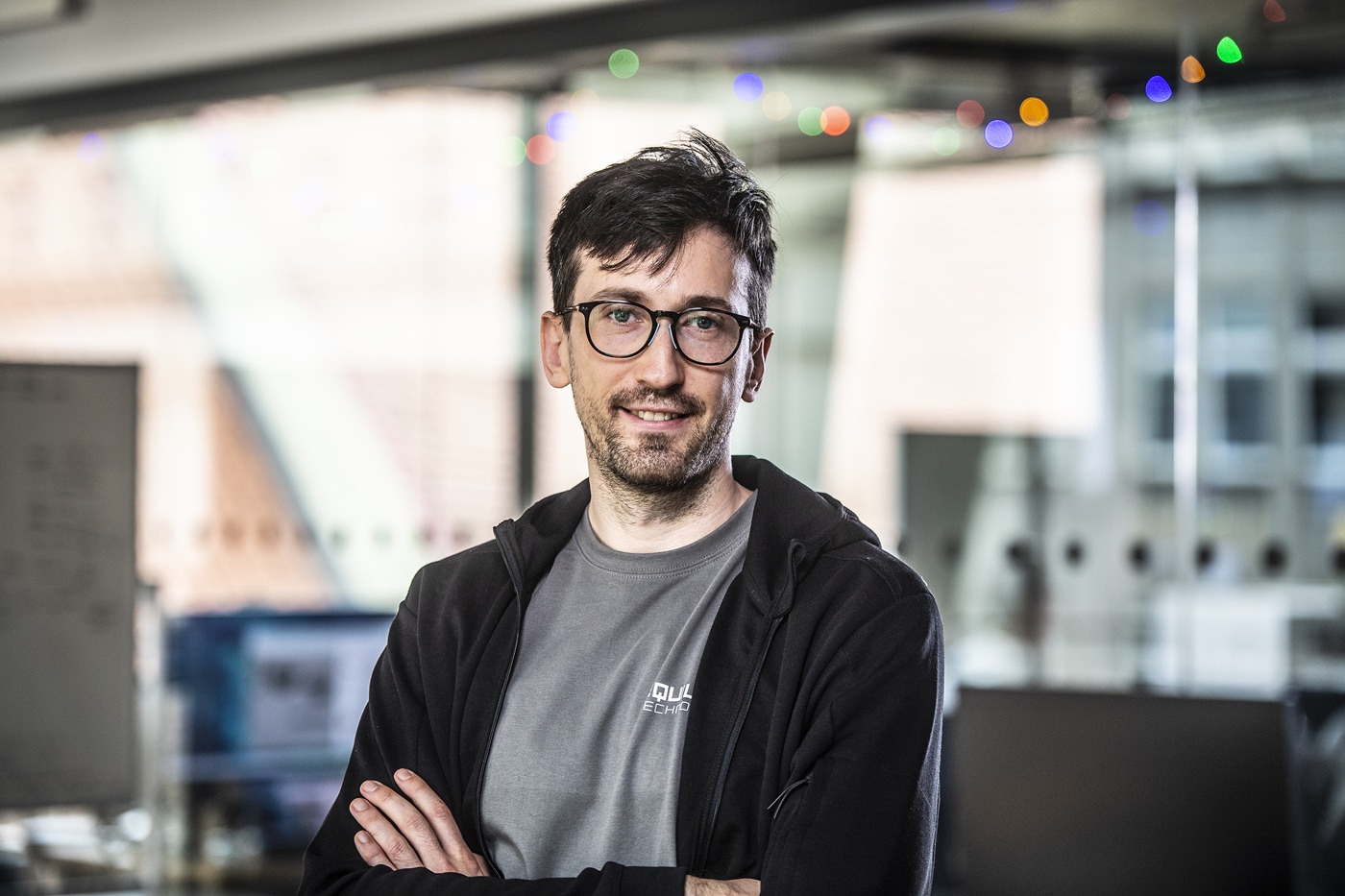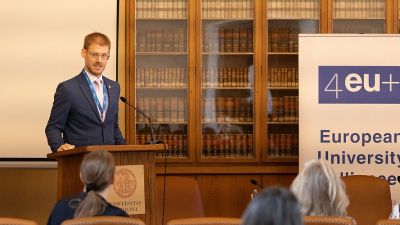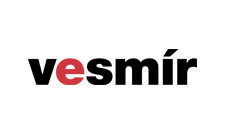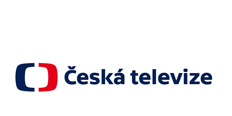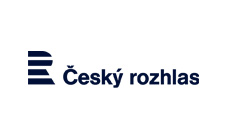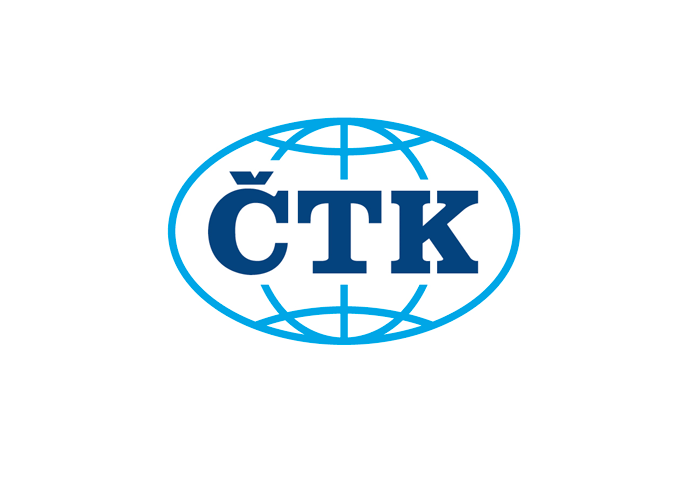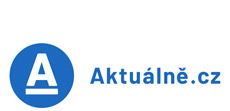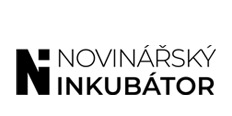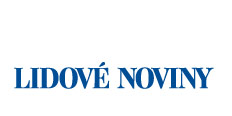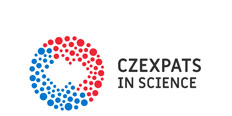They first developed an AI that became the first in the world to beat top professional poker players. Then Google bought their project DeepStack – and the team behind it. “At Google, we proved to ourselves that we could take on really big challenges. So we thought, why not use our experience creating self-learning game algorithms and apply it to algorithmic stock trading?” says Martin Schmid, head of EquiLibre. His dream is to run the best trading firm in the world – from Prague.
Back when you were studying at the Faculty of Mathematics and Physics with your classmate – and now long-time colleague – Matej Moravčík, you were already focusing on AI. That was around 2015, before it was widely known. You created a poker AI. Was it supposed to play online poker for you and win?
Exactly – that was the whole point. (laughs) In our first or second year of undergrad, Matej and I decided to try writing programs that we could use to play poker – technically, illegal poker.
I assume the platform operators quickly became suspicious. How much did you manage to win before they caught on?
I don’t even remember exactly – but looking back, it wasn’t much. Still, we earned more than we would have at a student job. At that time, we didn’t yet have a tool that could beat the best players. Our program played more or less at the level of an average player – occasionally beating weaker opponents. The main perk was that we didn’t have to waste time actually playing; the program played for us. We kept tinkering with our programs, playing online. Sometimes they caught us, sometimes they didn’t… But gradually, we became more interested in the scientific side of game AI. After our master’s, we moved on to PhD studies, focusing on AI development. Eventually, we really did manage to create a tool that could beat the very best human poker players.
How did you pull that off?
We were on a research stay at the University of Alberta in Edmonton, Canada, and that’s where we managed to bring our DeepStack project to perfection.
As a major technological milestone, your AI made the cover of Science magazine in 2017, and then Google DeepMind acquired DeepStack. What was it like to become part of such a corporation?
It was absolutely fantastic. DeepMind is essentially Google’s research division, and those five years there gave us an incredible amount of experience.
What made you decide to branch out on your own and move into stock trading?
We’ve always set ourselves big challenges. First, we wanted to beat the best poker players – and we did. That gave us a reputation and connections, and proved that big things are possible. So we asked ourselves, “What’s the next big thing we can do with our skills?” After five years at Google, we decided we wanted to build the best trading firm in the world, right here in Prague. We took what our tools were already good at – creating self-learning algorithms – and realised they could be applied very effectively to financial markets. If it worked, we thought, we could make a real splash. (laughs) It was a genuine intellectual challenge.
How does it actually work?
Algorithmic trading is already quite common. The only difference is that we want to do it with algorithms similar to the ones we used for games.
What’s your goal?
To trade with our algorithms on global stock exchanges. These days, it’s no longer a shouting pit full of traders waving slips of paper. A stock exchange is essentially a huge server room where each trading firm has its own computer running software that automatically executes buy and sell orders.
And you have your own computer on one of these exchanges?
Exactly – on the New York Stock Exchange. It runs a neural network trained with algorithms similar to those we used for poker. The main difference is that in games, there’s much less noise – fewer unpredictable elements. We’ve managed to attract highly skilled people from places like California, the UK, and Amsterdam, and build a top-tier team here in Prague.
Creating self-learning programs is never-ending work. Where are you now – are you “sitting” on the NYSE and reaping the rewards?
I can’t give you all the details. But here’s the thing – markets are heavily regulated. You can’t just grab a few friends, start a startup, and plug your neural network into the NYSE. Still, in our first year and a half, we built a working prototype of our technology and presented it to several trading firms. We explored potential partnerships that would allow us to deploy our algorithms on the exchange – and in early 2024, we succeeded.
So your algorithms are essentially your product, which you offer to companies so they can trade more effectively?
It’s more of a trade-off than selling a product. Through these companies, we can get our algorithms onto the exchange.
What do those companies get out of it?
For example, a percentage of our profits.
You mentioned regulation. Couldn’t algorithms dangerously manipulate the market?
That’s exactly why we have to design many safeguards to meet all regulatory requirements. On the other hand, if algorithms work well, they actually improve how the market functions. Why does a trader make money? Either they got lucky – which means the profit is a one-off, not sustainable – or they’ve found a way to remove inefficiencies from the market. And fixing inefficiencies benefits everyone. There are many companies around the world that operate this way – making big profits on the markets while also benefiting the market as a whole.
At the Department of Applied Mathematics at MathPhys, you teach a course called Modern Algoritmic Game Theory. Do you see it as training your future colleagues?
I try to make my students capable, encourage them to publish interesting papers, and help them get into good research internships abroad. And yes – two of my current colleagues are my former students.
You’re rushing off to teach right after this interview. What does working at MathPhys give you?
I enjoy working with young, enthusiastic, and talented people. There’s plenty of them at the faculty, with huge potential. I think it’s great to help them – and maybe absorb a bit of their energy for myself (laughs).

| Mgr. Martin Schmid, PhD |
| Graduated from the Faculty of Mathematics and Physics. He is one of the authors of DeepStack – the first computer program to beat professional poker players. While studying at MathPhys, he worked at IBM. After a research stay at the University of Alberta in Edmonton, Canada, and completing his PhD at MathPhys, he spent five years at Google DeepMind. In 2022, he moved to Prague and co-founded EquiLibre, whose team includes former DeepMind researchers. They build reinforcement learning algorithms originally developed for games (such as poker) and now apply them to algorithmic trading on the stock market. |


